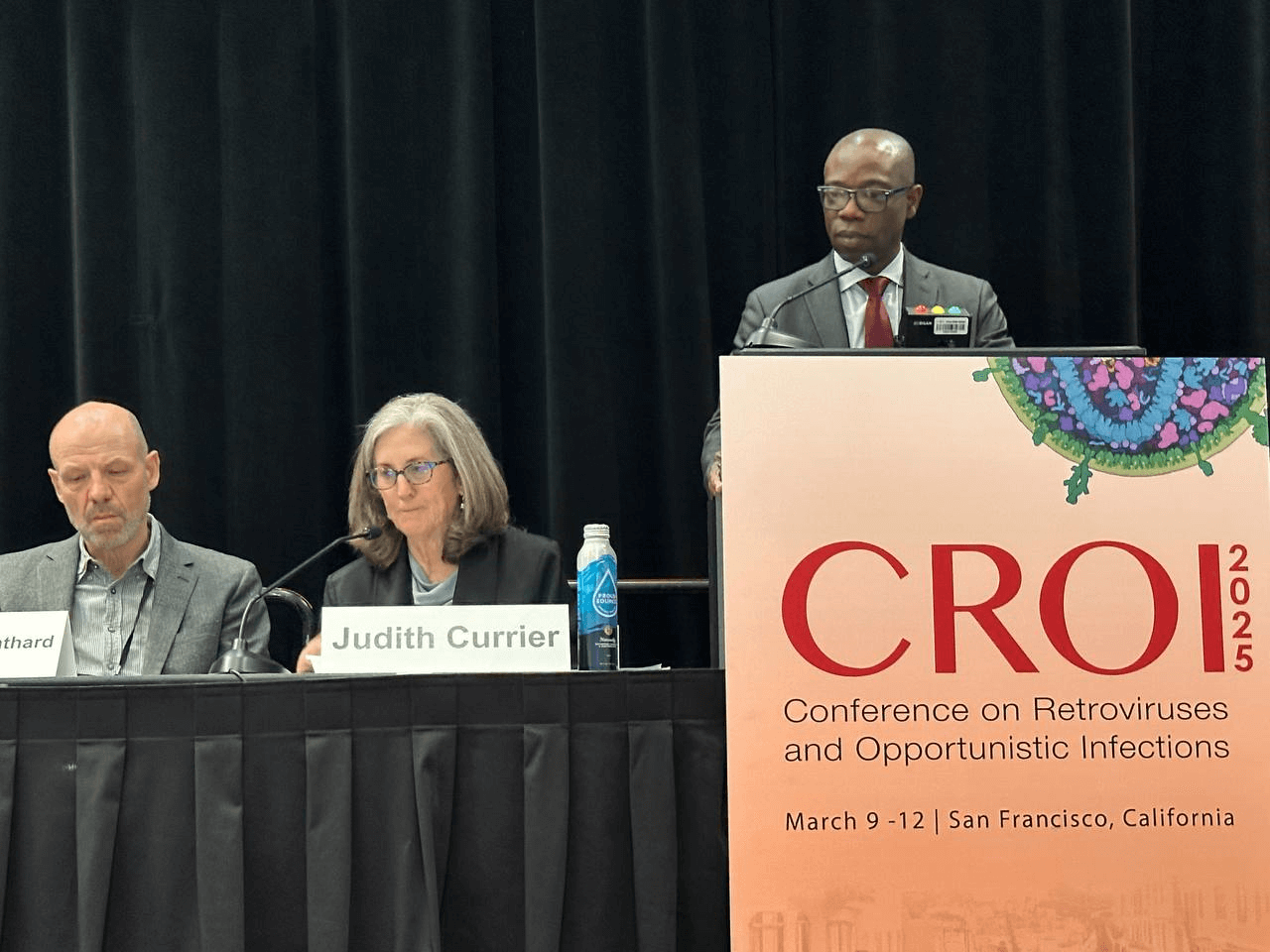Cats can aid development of antiviral drugs for people living with HIV

HIV and the feline immunodeficiency virus (FIV) are similar in structure and impact, but FIV has features that make it resistant to certain HIV drugs. This phenomenon has been studied by scientists in order to develop a drug for multidrug-resistant HIV. The results of the study were published in PLOS Pathogens.
HIV medications inhibit the proteins of the virus so that they do not allow the virus to continue to multiply in the human body. One such protein is reverse transcriptase (RT), which can be inhibited by nucleotide, nucleoside and non-nucleoside substances. The latter (efavirenz, nevirapine and others) proved useless in relation to combatting FIV. This means that the virus in the feline is initially resistant to such drugs.
FIV is transmitted between cats, predominantly male, primarily driven by saliva during bites and fights. Like humans, the virus leads to immune system weaknesses and thus an inability to fight infections, diseases and cancer. FIV does not infect people, but its parallels with HIV are important for researchers to study.
As we know, the success of antiretroviral therapy may be disrupted as a result of mutations resistant to HIV drugs. To investigate the mechanisms of latent resistance, the researchers closely studied the protein in the feline virus, which, as mentioned above, is resistant to all non-nucleoside reverse transcriptase inhibitors of HIV.
The researchers first obtained the crystal structure of the protein for FIV RT and, using mutational and biochemical analysis, found those specific differences in the structure of protein that do not allow the binding of non-nucleoside inhibitors.
The results obtained may lead to the development of antiviral drugs that could attack future strains of drug-resistant human immunodeficiency viruses.
Photo: Pacto Visual



